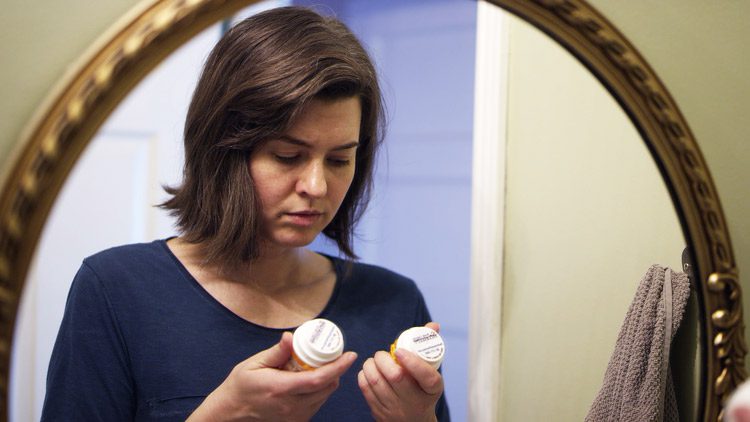A Matter of Memory
Imagine you have two friends and they are both named Rob.
They both work in the arts and culture field. They live in the same town. Their dads even worked for the same company back in the day. Strangely enough, their paths seldom cross in person, so you almost never see them together.
Let’s say you have a favor to ask one of them–the one who is an excellent video editor–because you are working on a project and getting stuck. Trouble is, you can’t remember which Rob is which. Which Rob is the Rob for the job?
The good news is that this little bit of confusion might be embarrassing, but it isn’t the end of the world.
Now imagine that we’re not talking about cultural workers named Rob. Instead, we’re talking about drugs with names that start with “oxy”—oxycodone and OxyContin. Is there a difference? Is it important to keep them straight?
Yes. And also yes.
A Look at the Oxys
First things first. What’s the difference between oxycodone and OxyContin?
Oxycodone is the generic name (you can think of this as the drug’s official name) of a powerful opiate that is the active ingredient in a variety of brand-name painkillers. OxyContin is one of those brand name medications. But OxyContin isn’t just oxycodone with a company’s name slapped on it.
OxyContin adds a time release component to oxycodone so that the pain reliever is released more slowly in your body. That time release feature comes with an added layer of danger for users because each dose of OxyContin has a higher concentration of oxycodone. That’s necessary to allow for the time release process, but it also means that taking OxyContin can accelerate the timeline for developing a substance use disorder.
So, here’s what it comes down to: oxycodone and OxyContin can both be dangerous. The difference is that OxyContin is even more dangerous than its active ingredient is on its own. Both contribute to the ongoing opioid crisis in the United States. Still, it is important to have a clear understanding of what your doctor has prescribed to manage pain. Having a full picture of the risks involved when taking opioids is a first step toward avoiding misuse and addiction.
Addicted to the Euphoria
In addition to providing powerful pain release, opioids like oxycodone and OxyContin can also cause the user to experience euphoria—and it can be very tempting to do whatever is necessary to maintain those good feelings.
But the pursuit of good feelings comes with some seriously bad side effects as a person’s tolerance level increases and it takes more and more of the drug to maintain the same level of euphoria. Soon enough a person finds themselves taking an opioid not to produce that euphoric feeling, but simply to ward off the terrible withdrawal symptoms.
And just what are those symptoms? The list is grim, and it includes both mental and physical symptoms:
- Difficult concentrating
- Sleep issues, including insomnia
- Agitation, anxiety, irritability, and/or depression that may be severe
- Irregular and/or rapid heartbeat
- High blood pressure
- Abdominal cramping, vomiting, and/or diarrhea
- Body aches and/or headaches
- Chills, fever, and/or excessive sweating
- Blurred vision and/or a persistent runny nose
Whether the drug in question is oxycodone or the even more dangerous OxyContin, it now has you between a rock and a hard place, right? You can’t keep taking the drug because it is destroying your body and your mind. And you can’t stop taking the drug—for exactly the same reasons. Even without the rigors of withdrawal, the intense cravings for the drug that often arise would make it extremely difficult to quit taking the drug on your own.
The Importance of Detox and Rehab
Once you have realized and admitted to yourself that you need help, it is time to turn to a fully accredited residential treatment center.
Residential treatment facilities like Wooded Glen Recovery Center offer medically supervised detoxification, which can help you weather the storm of withdrawal and its symptoms. The support you receive during detox helps you stabilize your body while minimizing discomfort.
Detoxification is followed by rehabilitation, which includes both individual and group therapy. In therapy, you will learn strategies to help you maintain your sobriety long-term. Group therapy will introduce you to others who are facing similar struggles and who can become part of your support network.
In addition, rehab addresses any co-occurring mental health disorders that may be intertwined with your substance use disorder. Staying sober is less difficult when your mental health is strong.
Wooded Glen Recovery Center is focused on you and your well-being—and we can help you leave opioids behind.

